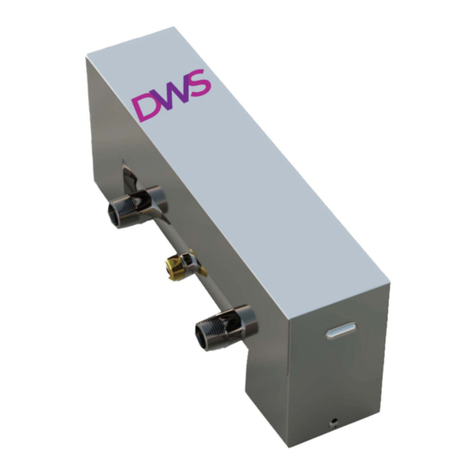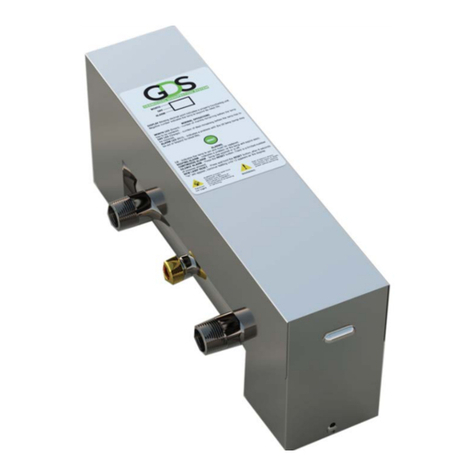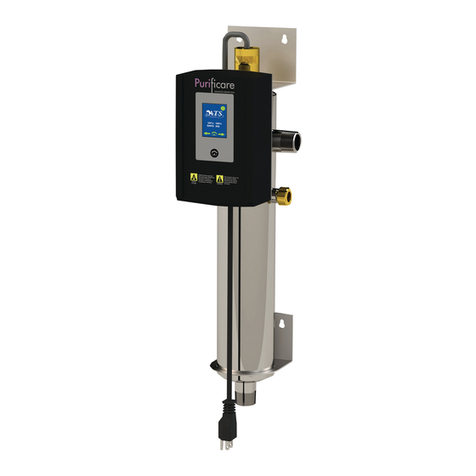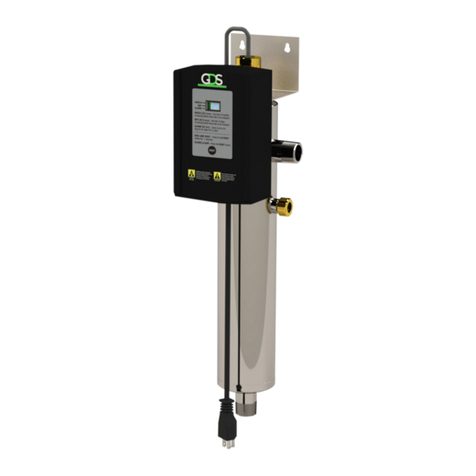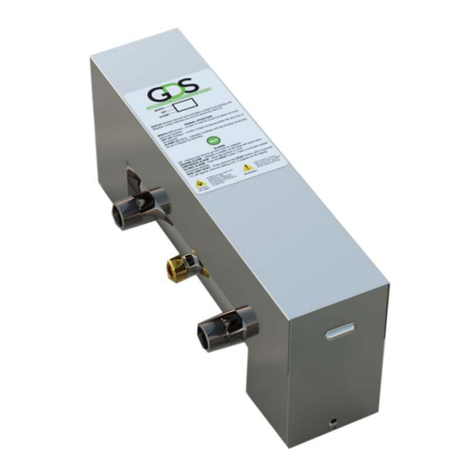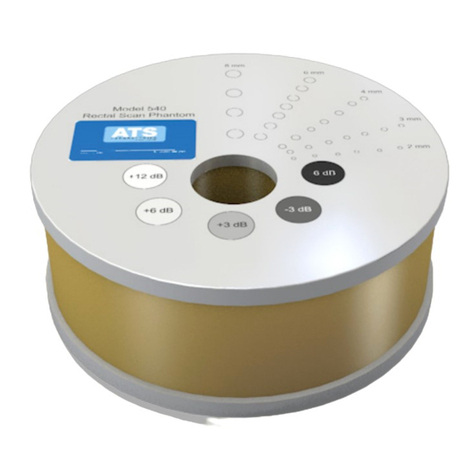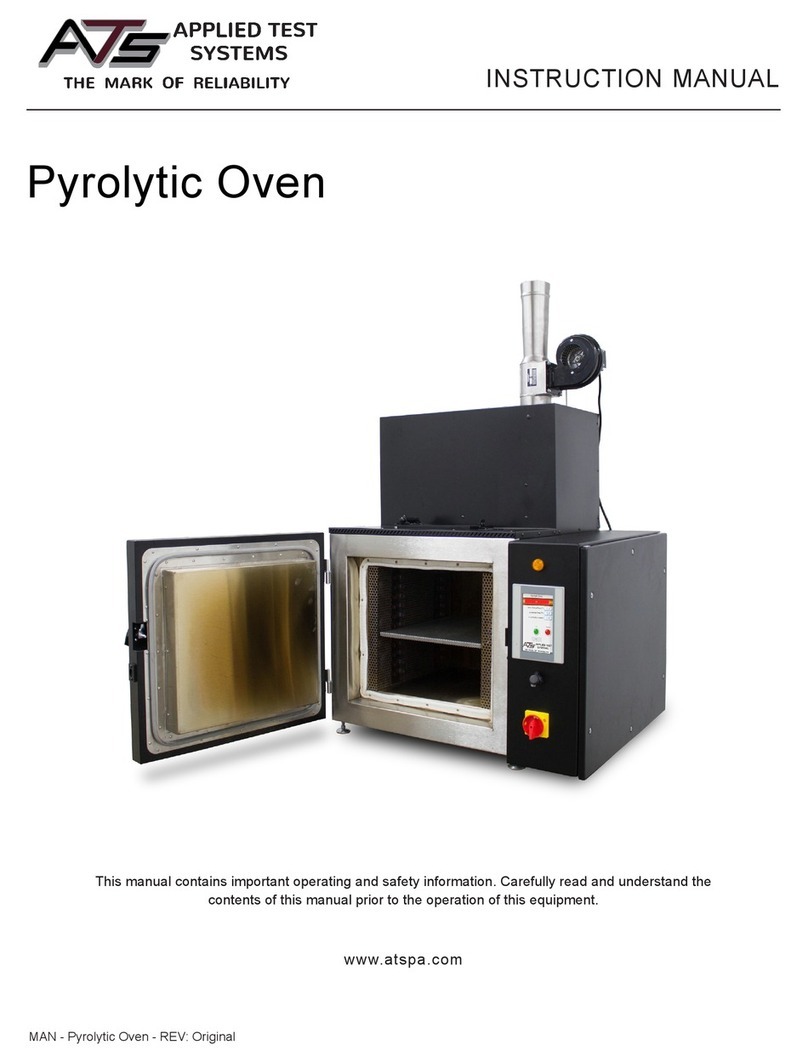CONTRAST RESOLUTION
Reason for Testing
Contrast resolution is defined as the system's ability to distinguish between regions of
differing levels of brightness. An imaging system's degree of contrast resolution refers to
it's ability to distinctly display two nearly equal degrees of brightness in the same view.
The gray scale processing section of the imaging system controls the level of contrast by
the adjusting the amplitude of the echoes received to vary the degree of brightness of
the displayed image. The adjustment of the echo signal required to go from a just
noticeable (lowest contrast) displayed echo to the maximum echo brightness is referred
to as the displayed dynamic range. Clinically, the ability of a system to distinguish and
display separately structures of similar levels of contrast is extremely important. Some
cystic or solid masses, located within an organ, having very similar levels of brightness,
potentially could go undetected.
Test Procedure
1. Place the phantom on a clean, flat surface with the appropriate scanning surface
positioned for use.
2. Fill the scanning well with water. Attempts should be made to avoid introducing air
bubbles while filling.
3. Adjust the instrument settings (TGC, output, etc.) to establish baseline values for
"normal" liver scanning. If the penetration is such that the bottom of the phantom is seen,
the gain settings are reduced such that the image fades and goes entirely black. These
setting should be noted on the quality assurance record and used for subsequent
testing.
4. Position the transducer over the cylindrical target group, until a clear image is
displayed. Freeze image and obtain a hard copy.
5. The targets should appear circular in shape, with clear sharp edges and vary in the
degree of brightness ranging from low to high levels of contrast. Examine the image to
determine the smallest diameter target which has been displayed. Using this target
group, determine if all eight levels of contrast, are distinctly displayed as varying levels of
brightness. The presence or absence of any shadowing behind the structures should be
noted.
6. Document all observation on the quality assurance record.
Results
The Model 532A or 532B provides a good indication of the performance of the gray scale
processing and displayed dynamic range. The test should be compared with a baseline
test using the same instrument settings, to determine if any change in the shape of the
targets has occurred or the systems ability to distinguish between varying degrees of
contrast.












